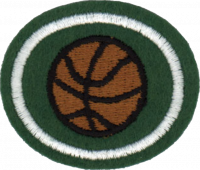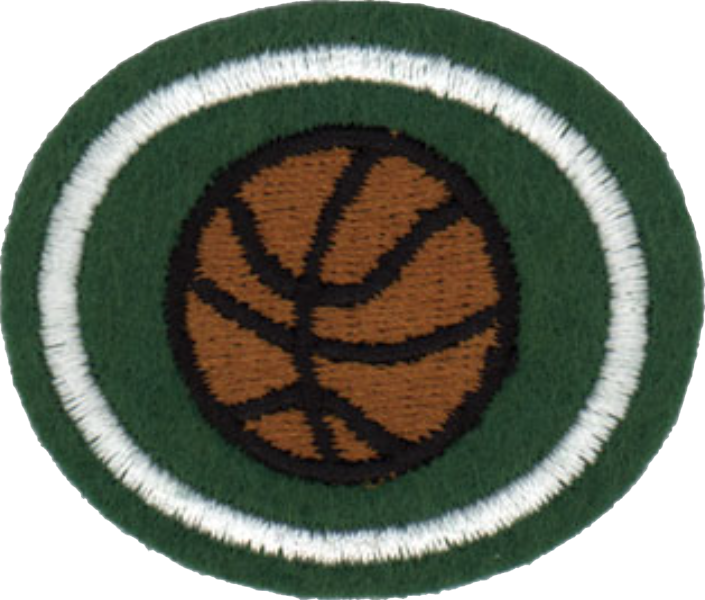Difference between revisions of "AY Honors/Basketball/Answer Key/es"
(Created page with "{{clear}}") |
|||
| (15 intermediate revisions by 2 users not shown) | |||
| Line 1: | Line 1: | ||
| − | + | {{HonorSubpage}} | |
| − | + | <!--{{Honor_Master|honor=Basketball|master=Sportsman}}--> | |
| − | {{ | ||
| − | |||
| − | |||
| − | |||
| − | |||
| − | |||
| − | |||
| − | |||
| − | }} | ||
| − | {{Honor_Master | ||
| − | |||
| − | |||
<section begin="Body" /> | <section begin="Body" /> | ||
{{ansreq|page={{#titleparts:{{PAGENAME}}|2|1}}|num=1}} | {{ansreq|page={{#titleparts:{{PAGENAME}}|2|1}}|num=1}} | ||
| Line 297: | Line 285: | ||
{{clear}} | {{clear}} | ||
| − | + | {{clear}} | |
| − | + | {{clear}} | |
<noinclude></noinclude> | <noinclude></noinclude> | ||
| Line 305: | Line 293: | ||
{{ansreq|page={{#titleparts:{{PAGENAME}}|2|1}}|num=5d}} <!--T:27--> | {{ansreq|page={{#titleparts:{{PAGENAME}}|2|1}}|num=5d}} <!--T:27--> | ||
<noinclude></noinclude> | <noinclude></noinclude> | ||
| − | |||
| − | |||
| − | + | {{clear}} | |
| − | + | {{clear}} | |
<noinclude></noinclude> | <noinclude></noinclude> | ||
| Line 317: | Line 303: | ||
{{ansreq|page={{#titleparts:{{PAGENAME}}|2|1}}|num=6}} | {{ansreq|page={{#titleparts:{{PAGENAME}}|2|1}}|num=6}} | ||
<noinclude></noinclude> | <noinclude></noinclude> | ||
| − | <!-- 6. | + | <!-- 6. Pasar al menos 4 horas ayudando a una persona con menos habilidad o más joven a mejorar sus habilidades. --> |
| − | |||
<noinclude></noinclude> | <noinclude></noinclude> | ||
| Line 324: | Line 309: | ||
{{ansreq|page={{#titleparts:{{PAGENAME}}|2|1}}|num=7}} | {{ansreq|page={{#titleparts:{{PAGENAME}}|2|1}}|num=7}} | ||
<noinclude></noinclude> | <noinclude></noinclude> | ||
| − | <!-- 7. | + | <!-- 7. Jugar al menos cinco juegos en familia o con amigos. Mostrar buen espíritu deportivo durante la práctica y juegos. --> |
| − | |||
<noinclude></noinclude> | <noinclude></noinclude> | ||
| Line 331: | Line 315: | ||
{{ansreq|page={{#titleparts:{{PAGENAME}}|2|1}}|num=8}} | {{ansreq|page={{#titleparts:{{PAGENAME}}|2|1}}|num=8}} | ||
<noinclude></noinclude> | <noinclude></noinclude> | ||
| − | <!-- 8. | + | <!-- 8. Escribir una página de un informe sobre un famoso jugador de baloncesto. Discutir por qué es o no es un buen modelo cristiano. --> |
| − | |||
| − | + | {{clear}} | |
| − | |||
<noinclude></noinclude> | <noinclude></noinclude> | ||
| Line 341: | Line 323: | ||
{{ansreq|page={{#titleparts:{{PAGENAME}}|2|1}}|num=9}} | {{ansreq|page={{#titleparts:{{PAGENAME}}|2|1}}|num=9}} | ||
<noinclude></noinclude> | <noinclude></noinclude> | ||
| − | <!-- 9. | + | <!-- 9. Discutir con su líder de Conquistadores, pastor o maestro los problemas que enfrentan los jóvenes adventistas, considerando el deporte en la escuela secundaria, preparatoria y la universidad. ¿Qué alternativas hay que permiten la continuación de la actividad en los deportes. --> |
| − | {{: | + | {{:AY Honors/Problems faced by SDA sports participants/es}} |
<noinclude></noinclude> | <noinclude></noinclude> | ||
| Line 348: | Line 330: | ||
{{ansreq|page={{#titleparts:{{PAGENAME}}|2|1}}|num=10}} | {{ansreq|page={{#titleparts:{{PAGENAME}}|2|1}}|num=10}} | ||
<noinclude></noinclude> | <noinclude></noinclude> | ||
| − | <!-- 10. | + | <!-- 10. Hacer un dibujo a escala de una cancha de baloncesto debidamente diseñada. --> |
| − | [[ | + | [[File:Baloncesto - dimensiones de la cancha.PNG|thumb|center|600px|Cancha de baloncesto]] |
{{clear}} | {{clear}} | ||
| Line 355: | Line 337: | ||
{{CloseReq}} <!-- 10 --> | {{CloseReq}} <!-- 10 --> | ||
<noinclude></noinclude> | <noinclude></noinclude> | ||
| − | == | + | ==Referencias== |
| − | |||
| − | |||
<noinclude></noinclude> | <noinclude></noinclude> | ||
| − | + | {{CloseHonorPage}} | |
Latest revision as of 19:16, 25 July 2022
1
2
3
3a
3b
3c
3d
3e
3f
3g
3h
3i
3j
3k
3l
3m
3n
3o
3p
3q
3r
3s
3t
3u
3v
3w
3x
3y
3z
3aa
3bb
3cc
3dd
3ee
3ff
3gg
3hh
3ii
3jj
3kk
3ll
3mm
3nn
3oo
3pp
3qq
3rr
3ss
3tt
3uu
3vv
3ww
3xx
3yy
3zz
4
5
5a
5b
5c
5d
6
7
8
9
El problema más obvio que enfrenta un adventista del séptimo día que desea participar en deportes organizados es la tendencia a que los juegos se programen durante las horas del sábado. Los deportes competitivos y la observancia del sábado no suelen ser compatibles entre sí. Otro reto en los niveles más altos es la presión de tomar drogas que realzan el rendimiento (dopaje).
Una alternativa que evite romper el sábado o la presión de la droga sería participar con un grupo de personas con ideas afines. Muchos lugares ofrecen ligas de ciudades y puede ser posible formar un equipo con otros miembros de su iglesia, con la comprensión de que no competirán en el día sábado. El atleta adventista también puede disfrutar de deportes individuales en su lugar o participar en juegos esporádicos informales. Un estudiante que elija una escuela o una universidad adventista que ofrezca programas de deportes de equipo los más probable no experimentará dificultades del sábado.
Como cristianos necesitamos mostrar conducta semejante a la de Cristo en el campo. Siempre juegue limpio y sea un buen jugador. No hable basura con otros equipos o jugadores. Está bien intentar ganar, pero no de ninguna manera que degrada o pone un mal ejemplo.
10


